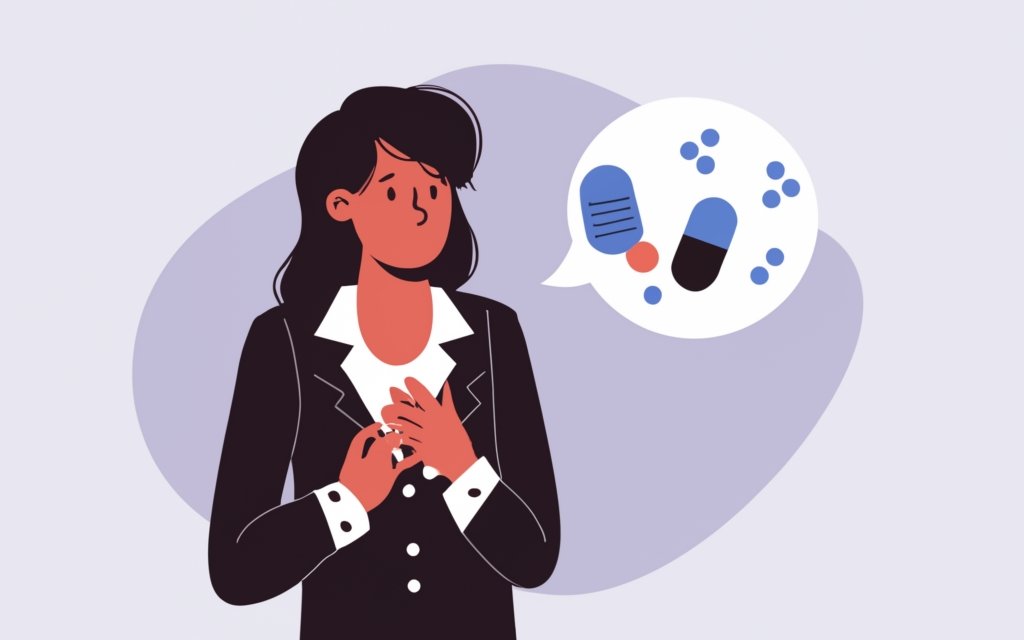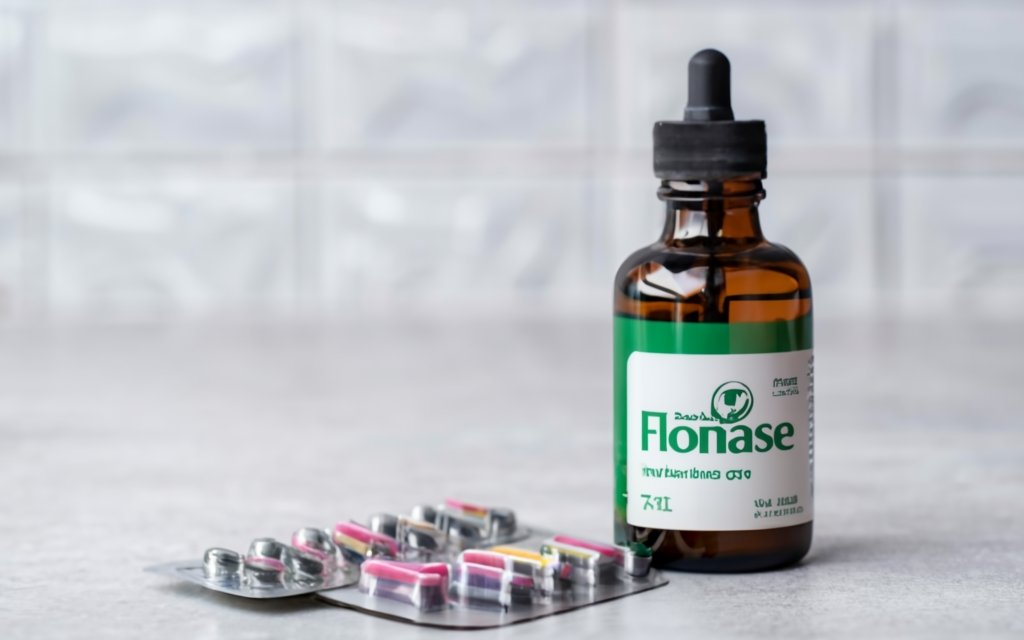Have you recently been prescribed amlodipine for high blood pressure or chest pain? If so, you’re not alone – amlodipine is one of the most commonly prescribed medications for these conditions. However, like all medications, amlodipine can cause side effects. While most are mild, some can be serious. That’s why it’s so important to understand the potential side effects of amlodipine and how to manage them.
In this comprehensive guide, we’ll provide an in-depth look at amlodipine, its uses, side effects, risks, and tips for minimizing problems. We want to empower you with the knowledge you need to use amlodipine safely and effectively. Let’s get started!
When taken as prescribed under the care of a physician, amlodipine is generally safe and effective for treating high blood pressure and chest pain. However, all patients need to be aware of potential side effects, from common annoyances like headache and edema to rare but serious risks like liver damage and heart failure. Monitoring side effects, avoiding contraindications, and open communication with one’s healthcare provider enables safe usage.
What Exactly is Amlodipine?
Amlodipine is a long-acting calcium channel blocker used to treat two major conditions – high blood pressure (hypertension) and chest pain (angina). It works by relaxing the muscles in the heart and blood vessels, allowing blood to flow more easily and reducing workload on the heart.
The drug was first approved for medical use in the 1990s. Today, it is one of the most widely prescribed blood pressure medications. Amlodipine is sold under brand names like Norvasc, Lotrel, Azor, and Tribenzor.
Conditions Treated by Amlodipine
Amlodipine is FDA approved for three major uses:
- Hypertension – It is a first-line treatment for mild-to-moderate high blood pressure. It may be used alone or combined with other agents.
- Coronary Artery Disease – Amlodipine is used to prevent chest pain (angina) in those with coronary artery disease. It may help reduce heart attacks and need for surgery.
- Heart Failure – For patients with reduced heart pumping ability, amlodipine may help prevent hospitalization.
So in summary, physicians prescribe amlodipine to lower blood pressure, ease chest pain, and reduce strain on a failing heart.
Common Side Effects of Amlodipine
While often effective for its intended uses, amlodipine can cause some unwanted side effects. Most are mild and temporary, but it’s good to know what to expect.
Common side effects, occurring in more than 1% of patients, include:
- Headache
- Fatigue, drowsiness
- Stomach pain, nausea
- Flushing
- Edema – fluid retention, especially in feet and ankles
These symptoms often start early in treatment and resolve within a few weeks. Taking the medication with food may minimize stomach upset and flushing.
Of note, peripheral edema is a very common effect, occurring in up to 11% of patients. It’s important to realize it’s caused by the drug itself and not a new medical issue. We’ll dive more into edema concerns a bit later.
Rare But Serious Side Effects to Recognize
While most people tolerate amlodipine well, serious adverse reactions can rarely occur. Recognizing the signs of complications enables prompt treatment.
Potential serious side effects include:
- Severe chest pain or irregular heart beat – signs of worsening heart disease
- Swelling of face, lips, throat – signal of allergic reaction
- Yellow skin, fatigue – liver injury concerns
- Shortness of breath, sudden weight gain – heart failure warning signs
Thankfully these life-threatening effects are very uncommon, happening in less than 0.1% of patients. Still, it’s vital to know risks and monitor one’s health on amlodipine. Quitting the med and seeking prompt care for these symptoms can prevent permanent organ damage.
Tips to Reduce Side Effect Risks
- Take the lowest effective dose
- Maintain ideal body weight
- Minimize alcohol intake
- Stay hydrated
- Check blood pressure periodically
Focus on Peripheral Edema
Swelling of the lower legs and feet is so common with amlodipine that it deserves special mention. Up to 11% of patients develop peripheral edema related to the drug. It’s not an allergy or side effect – it is a direct result of how the medication works.
How Amlodipine Causes Edema
Amlodipine causes vasodilation – widening of the blood vessels. This can result in fluid leaking out of the bloodstream and into the tissues, causing swelling. Lower legs and feet often retain this fluid due to gravity.
Certain factors increase risk for edema:
- High drug doses
- Elderly age
- Existing heart disease
- Kidney problems
- Hot weather
Dangers of Edema: Prescribing Cascade
Peripheral edema itself is not dangerous. However, it can set off a prescribing cascade if mistaken as a new medical issue. Doctors may incorrectly diagnose edema as heart failure, kidney disease, or a blood clot – and prescribe diuretics or other unnecessary meds.
Minimizing Edema from Amlodipine
While not considered a true allergic reaction or side effect, edema can negatively impact quality of life and lead to prescribing errors if misattributed. Strategies to minimize swelling include:
- Taking the lowest effective amlodipine dose
- Maintaining ideal weight
- Limiting dietary sodium
- Elevating feet when possible
- Wearing compression stockings
- Switching drug class if edema severe or persistent
Thankfully, mild leg swelling is harmless and often resolves over time, even without intervention. But recognizing it as an expected effect of amlodipine can prevent confusion and unnecessary treatments.
Contraindications and Cautions with Amlodipine
While amlodipine is an effective and frequently prescribed drug, it is not appropriate for everyone. There are some contraindications where its use is not recommended or needs to be closely supervised.
Contraindications and cautions for amlodipine include:
- Severe aortic stenosis – Can cause critical drops in heart function
- Heart failure – May lead to fluid retention and shortness of breath
- Shock – Risk of dangerously low blood pressure
- Hepatic insufficiency – Slowed metabolism may lead to drug buildup
- Pregnancy – Generally avoided as safety not established
The risks above are rare but serious. Thankfully, avoiding amlodipine in these populations prevents complications.
Of course, anyone starting amlodipine needs close medical supervision to monitor for side effects and tolerance. Frequent blood pressure checks and lab tests aid early detection of problems. Open communication with one’s healthcare team is key!
Risks of Amlodipine Overdose
When taken correctly under medical guidance, amlodipine is very safe. However, unsupervised overdoses can cause severe and even fatal complications.
Signs of amlodipine overdose include:
- Dangerously low blood pressure
- Slowed heart rate
- Metabolic acidosis
- Heart arrhythmias
- Kidney failure
Overdosed patients require intensive hospital care to stabilize blood pressure, heart rhythm, and organ function. Sadly, some overdoses result in permanent disability or death if not treated promptly. Always take amlodipine only as prescribed and supervised by a physician.
Tips to Manage Amlodipine Side Effects
While most users tolerate amlodipine well, some experience bothersome or even intolerable side effects. Trying these coping strategies may allow continued use in those benefiting from the medication:
Strategies to Minimize Side Effects
- Take at bedtime to sleep through acute effects
- Stay well hydrated
- Limit alcohol, which worsens some effects
- Maintain healthy body weight
- Take with food if stomach upset occurs
- Use over-the-counter acid reducers for nausea
- Avoid hot tubs/baths which worsen dizziness
- Compression stockings for edema
- Dose reduction if effects intolerable
Remember, bothersome side effects should prompt medical attention – not stopping the medication without guidance. One’s physician may adjust the dose or switch drug classes entirely to achieve symptom relief while continuing to control blood pressure or angina.
Common Amlodipine Misconceptions
Given amlodipine’s widespread use, there are many myths and misconceptions patients often have. Knowing the facts behind these beliefs is important.
Common myths about amlodipine include:
| Myth | Fact |
|---|---|
| Causes weight gain | No evidence for significant effect on weight |
| Leads to hair loss | Very rare (less than 0.1% of patients) |
| Requires blood monitoring | Healthy patients need no routine testing |
| Causes addiction | Not habit forming; no withdrawal with cessation |
| Immediately lowers BP | May take 1-2 weeks to reach full effect |
| Daily dosing forever | Dose tapering generally not needed with discontinuation |
| Universal side effects | Most experience none or only transient effects |
With realistic expectations about its effects, patients can use amlodipine as a safe and effective long-term treatment option for hypertension and chest pain syndromes.
Deciding If Amlodipine Is Right For You
While amlodipine is effective for many people, it’s understandable to have concerns about potential side effects. How do you decide if trying this medication makes sense?
Factors that support giving amlodipine a try include:
- Needing urgent blood pressure control
- Having heart disease that requires rapid relief
- Tolerating other calcium channel blockers well in the past
- Being unable to use other hypertension drug classes
- Wanting both hypertension and angina treatment with one pill
Reasons to potentially avoid amlodipine include:
- Having contraindicated conditions like severe aortic stenosis
- Previously experiencing intolerable edema or headaches from similar drugs
- Interacting medications that are critical to keep taking
- Planning pregnancy soon
Having an open discussion with your healthcare provider about your medical history, priorities, and preferences is key to determining if amlodipine is the right fit for your situation.
Transitioning On and Off Amlodipine
Starting or stopping amlodipine requires some care to prevent complications. Here is a quick guide to safe transitioning on and off the medication:
When Starting Amlodipine
- Take the first dose at bedtime to minimize acute side effects
- Use the lowest dose (2.5mg) to start
- Increase to full dose gradually as tolerated
- Expect 1-2 weeks to reach peak blood pressure reduction
When Stopping Amlodipine
- Taper the dose slowly rather than abruptly halting
- Monitor blood pressure closely for rebound
- Watch for return of angina or other symptoms being treated
- Restart if concerning rebound effects occur
With careful transitioning on and off the medication under medical supervision, amlodipine can be used safely long term or short term as needed.
Conclusion
We hope this guide has helped explain this common medication and what to expect when using it. While amlodipine is very effective for lowering blood pressure and relieving angina, it does have potential side effects to monitor. Staying informed enables safe usage.
Most importantly, maintain open communication with your healthcare providers. Ask questions, discuss concerns, and report any worrisome symptoms. With good medical support, amlodipine can provide great benefits to your health!




